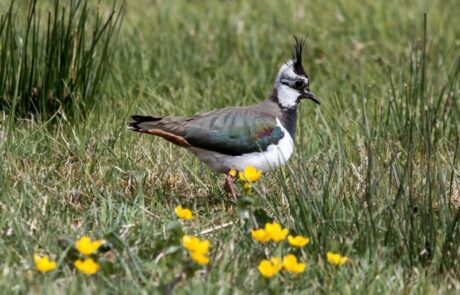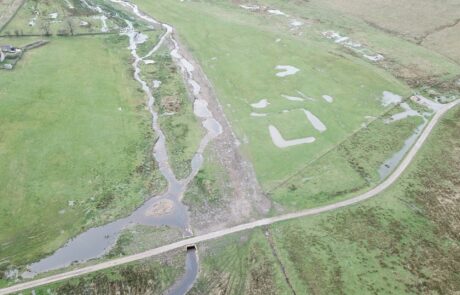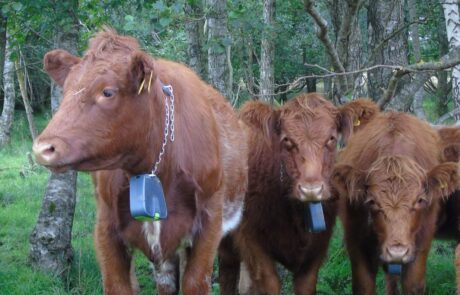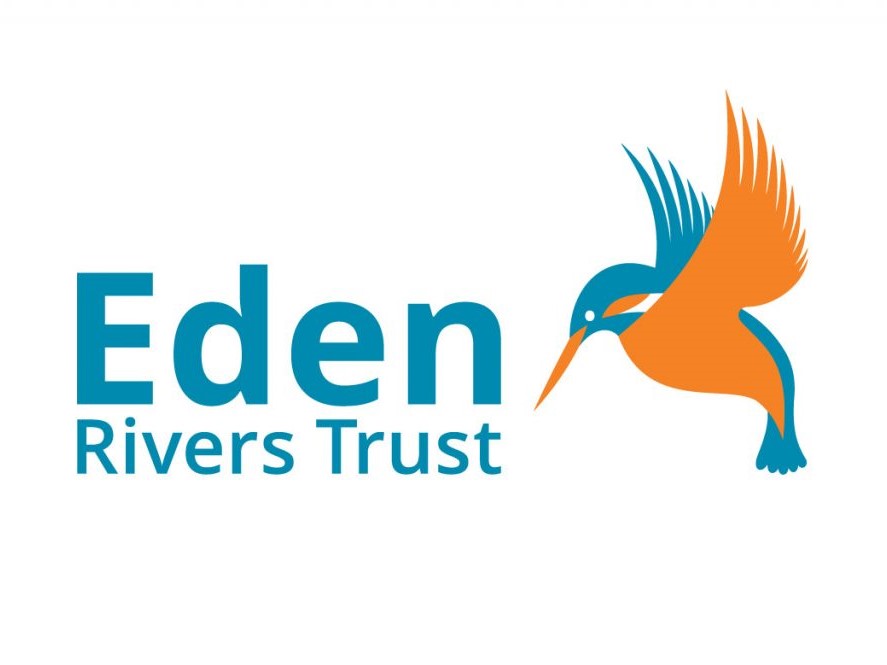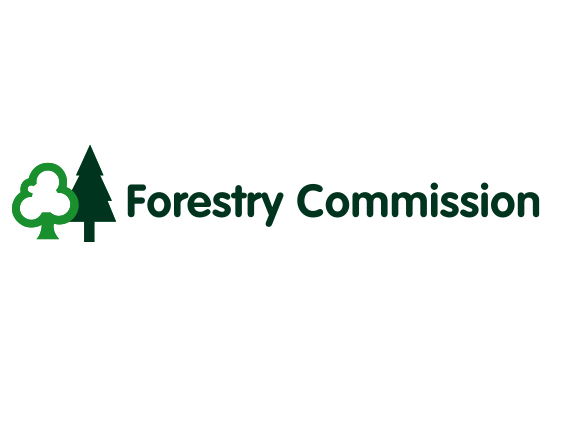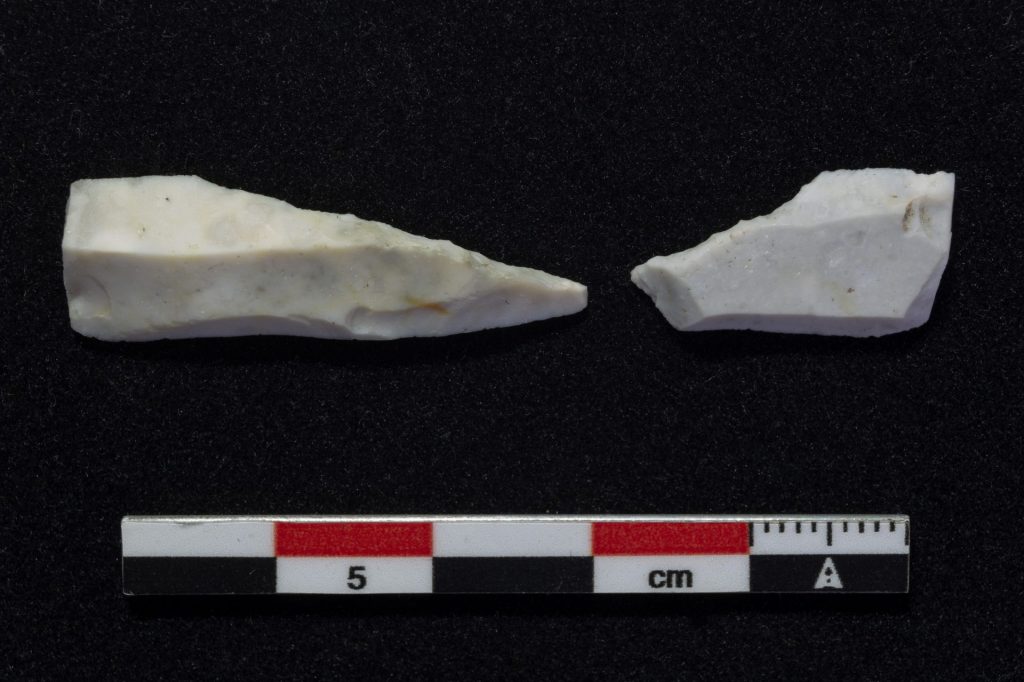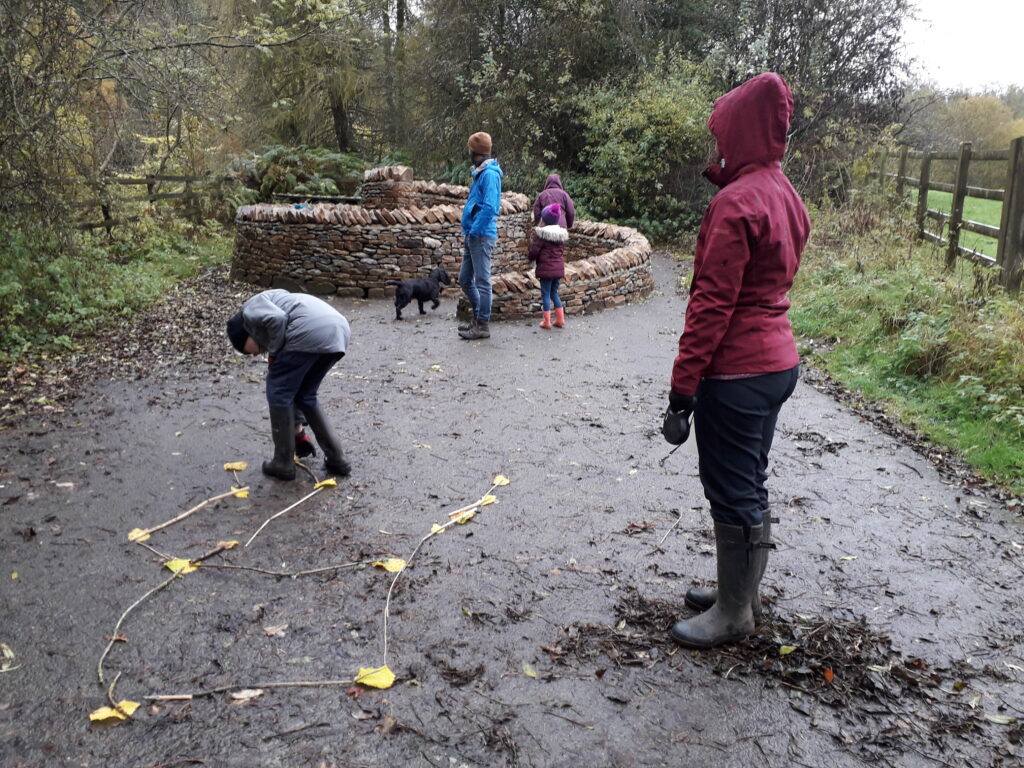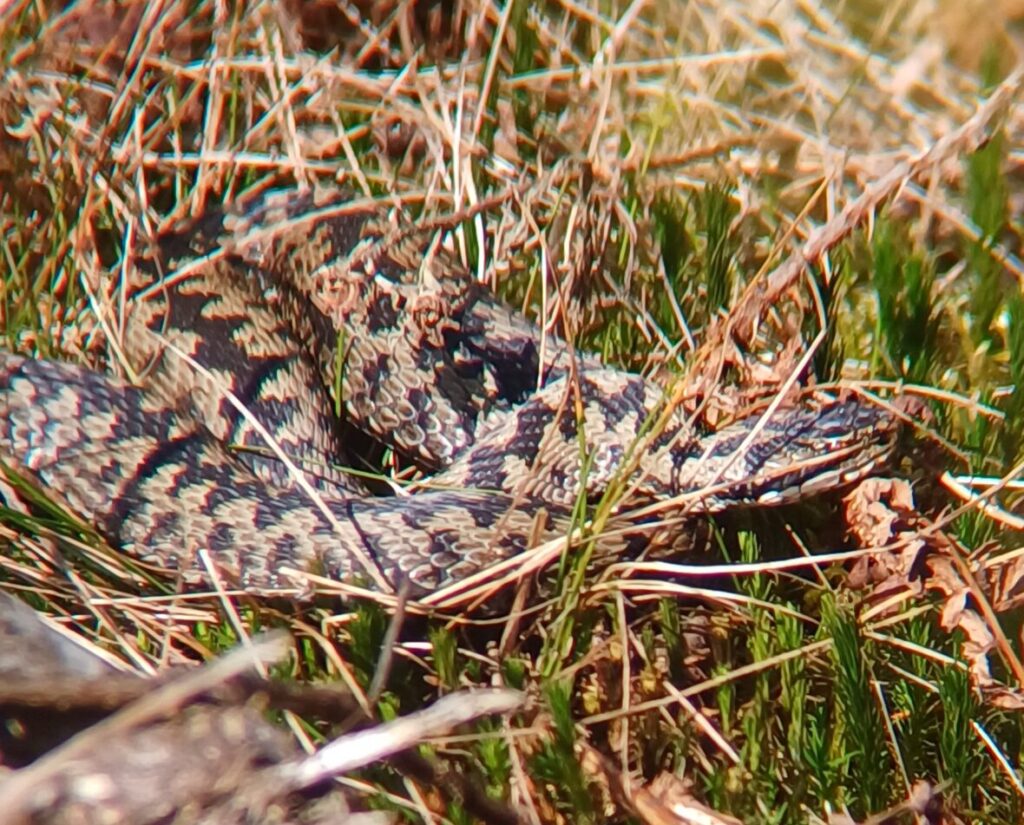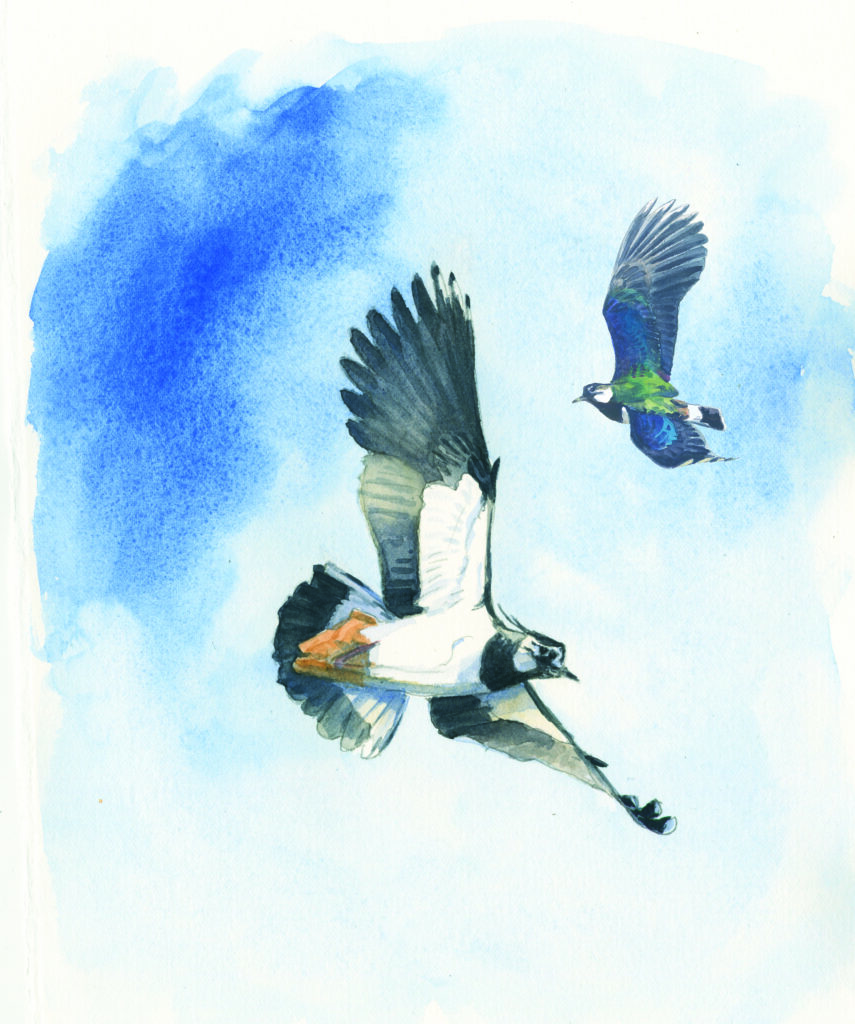What we do
Species recovery
The Fellfoot Forward scheme worked with the RSPB to deliver a programme of targeted species recovery for curlew, black grouse, ring ouzel, and hen harrier on the RSPB Geltsdale Nature Reserve. The aim was to produce high quality conservation research into the recovery of red list species, informing local, regional, and national advocacy and policy work.
RSPB Geltsdale
RSPB Geltsdale Nature Reserve is a unique upland environment comprising blanket bog, heath, grassland, meadow, and woodland. These diverse habitats host a range of threatened wildlife, including breeding populations of black grouse, golden plover, curlew, ring ouzel, merlin, and – infrequently – hen harrier. Designations recognise Geltsdale’s international importance for wildlife: it is both an SSSI (Geltsdale and Glendue Fells) and part of the North Pennine Moors Special Area of Conservation (SAC). Geltsdale is an important place for research into upland habitat management and reversing the declines of threatened wildlife. Sample monitoring using a standard upland bird survey technique has been carried out at RSPB Geltsdale nature reserve since 1999 and the results have been used to inform both the management of the reserve and the advice to land owners and managers throughout the UK. The data has been used in publication of peer reviewed papers.
Work
The RSPB, as delivery partners for this project, proposed a series of new and continuing practical trials to test new conservation solutions at Geltsdale, which would directly support the recovery of these birds. The Curlew Trial Management Plan is a flagship RSPB programme, trialling vegetation management for curlew recovery across six sites in the UK. Funding through the Fellfoot Forward LPS enabled the RSPB to extend this trial beyond its original scope, so that the longer-term effects of vegetation management on curlew could be monitored at Geltsdale. This added considerable value to the national research programme and will strengthen conservation management advice in the future.
The Fellfoot Forward scheme has also offered the opportunity for nationally significant research into grazing management for ring ouzel to be extended, increasing our practical understanding of ring ouzel conservation.
RSPB Geltsdale is a stronghold for black grouse in the North Pennines National Landscape, which are known to favour areas where there is a burst of vegetation growth following heavy grazing. The Fellfoot Forward LPS created the opportunity to conduct new research to achieve this particular grazing pattern, which will benefit black grouse and other endangered species, such as whinchat. Electronic cattle collars, which control grazing without the need for physical fencing, have allowed the RSPB to introduce a different grazing regime for cattle and sheep across moorland blocks and upland wood pasture. The cattle were concentrated and moved around the vegetation blocks, a regime called pulse grazing, to give a more diverse vegetation structure and generate bursts of new vegetation. The collars mean there is no need for the erection of fences which are resource heavy, labour intensive, intrusive on an open moorland site and are the cause of lethal collisions of black grouse. Learn more about the cattle collars here and the sheep collars here.
The RSPB Geltsdale reserve is an area where hen harrier have nested in the past. RSPB staff and volunteers monitor for breeding hen harriers during the start of the breeding season. If a nest is identified, the RSPB will fund and take responsibility for its protection. The species recovery work is championed by the RSPB staff to land managers and landowners regionally, as well as communicating this best practice work beyond the Geltsdale reserve and the RSPB.
A project to allow the Howgill Beck at RSPB Geltsdale to work in its natural environment and create a flowing wetland system was completed in September 2022. The beck originates on Cold Fell, running through Stagsike Meadow, an excellent area for breeding waders. A length of the beck was straightened to create a canal in the eighteenth century and work to modify this managed watercourse has resulted in a braided river with a longer stream bed. Some of the water has been allowed to find its own path within the system, allowing a dynamic flowing wetland to develop, storing carbon, and creating more beneficial habitat for wildlife. Read more about the project here.

